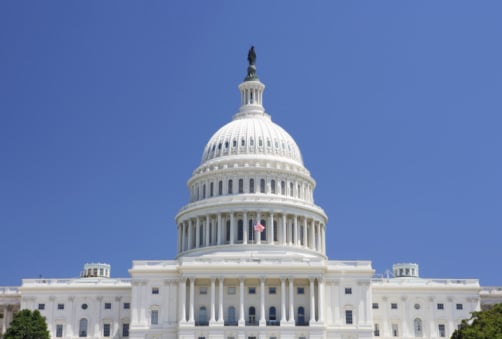The Best Part of the CBO Budget
February 6, 2013 by Douglas A. McIntyre
The CBO forecast is for a period of much longer than five years. Its guesses extend for 10. It assumes that the deficit will shrink to $845 billion this year, and because it is for this year, the figure is believable. The forecast that unemployment will be above 7.5% into next year probably is solid as well, based on the number of jobs the economy adds month in and month out, and has for the last year.
The part of the CBO projection that politicians and the media seized on was this:
Deficits are projected to increase later in the coming decade, however, because of the pressures of an aging population, rising health care costs, an expansion of federal subsidies for health insurance, and growing interest payments on federal debt. As a result, federal debt held by the public is projected to remain historically high relative to the size of the economy for the next decade. By 2023, if current laws remain in place, debt will equal 77 percent of GDP and be on an upward path, CBO projects.
The word most frequently used in the CBO summary of its forecasts is “if.” If the population ages, costs will rise. If health care costs rise, so will the deficit. But those “ifs” may not come true at all, particularly because several demographic and political trends are in place or are about to be.
The aging population has begun to work for longer, as people with inadequate retirement funds remain employed into their 70s or even their 80s. These people will pay taxes for periods never seen before, and potential cuts in Social Security would guarantee that. The aging population does not become “old” as fast as it used to, as some portion of these people take better care of themselves, or avoid doctors altogether because they cannot afford visits or treatment. A drop in demand for medical care might even start to erode the rise in medical costs.
The cost of interest on federal borrowing depends on the rates paid along with the amount borrowed. The Treasury has been able to borrow at rates that are so low they have set records. Those rates may remain low if a volatile world economy and the breakdown of finances in places like Europe causes an ongoing “flight to safety,” with that safety often being American sovereign paper.
The hardest portions of the forecast to believe are those which extend beyond 2020.
For the second half of the coming decade, CBO does not attempt to predict the cyclical ups and downs of the economy; rather, CBO assumes that GDP will stay at its maximum sustainable level. On that basis, CBO projects that both actual and potential real GDP will grow at an average rate of 2¼ percent a year between 2019 and 2023.
However, without a prediction of those “cyclical ups and down” any projection is useless, and not worth the paper it is written on.
Sponsored: Want to Retire Early? Here’s a Great First Step
Want retirement to come a few years earlier than you’d planned? Or are you ready to retire now, but want an extra set of eyes on your finances?
Now you can speak with up to 3 financial experts in your area for FREE. By simply clicking here you can begin to match with financial professionals who can help you build your plan to retire early. And the best part? The first conversation with them is free.
Click here to match with up to 3 financial pros who would be excited to help you make financial decisions.